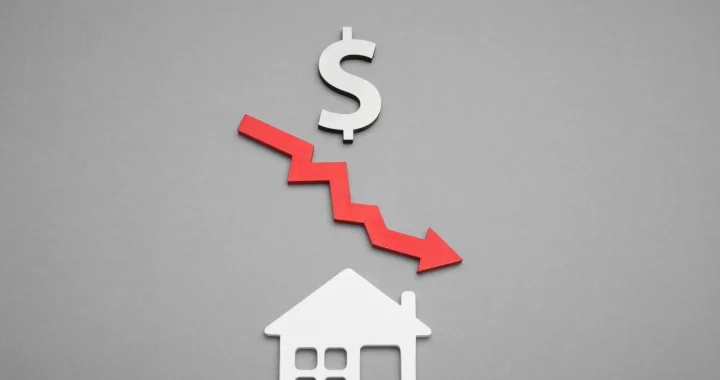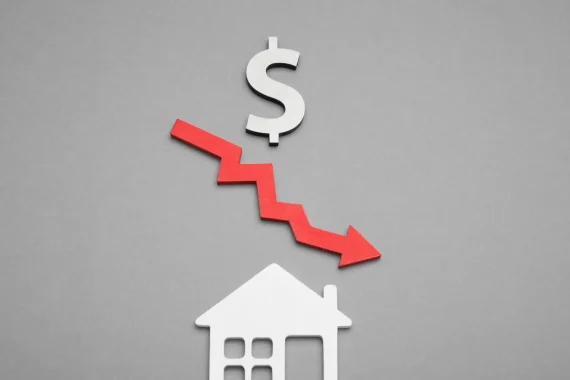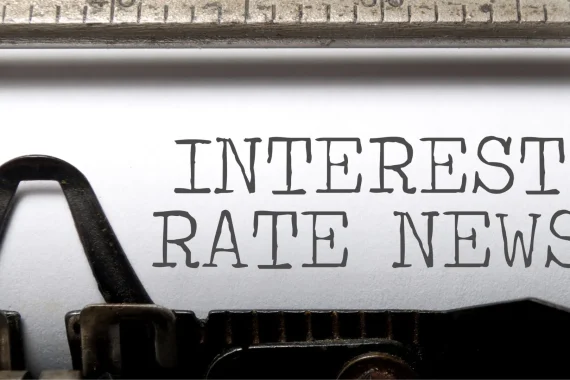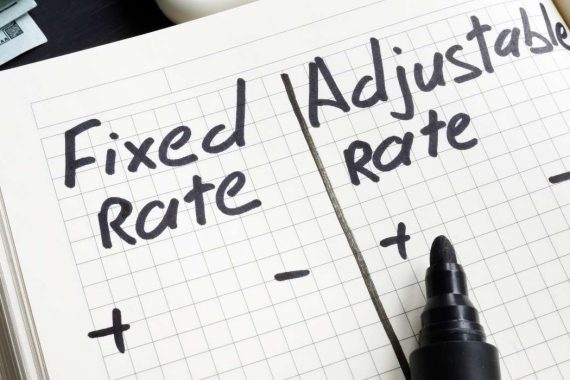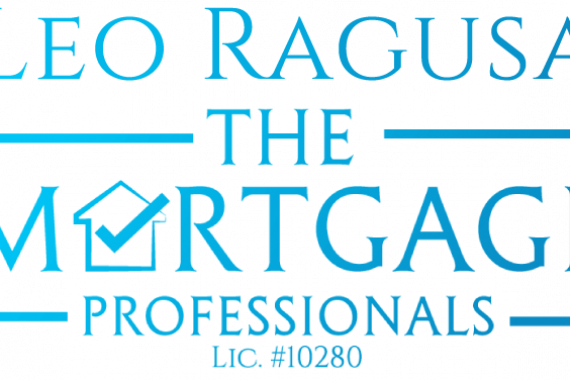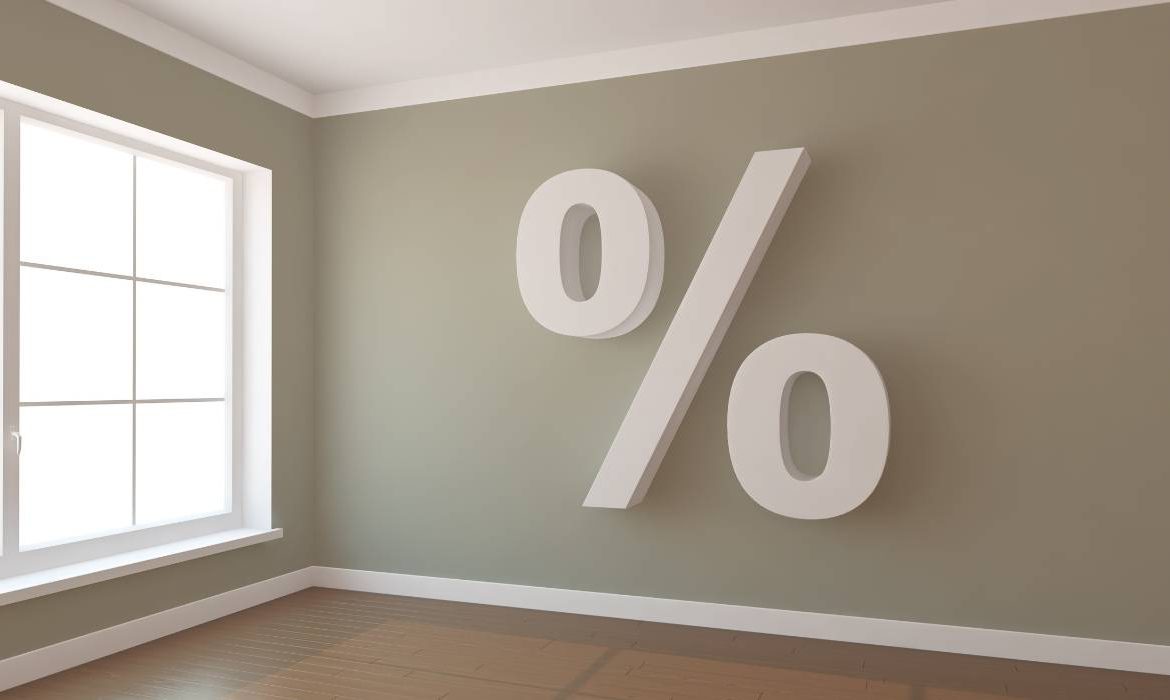
How Your Mortgage Payments Could Change with Ever-Increasing Interest Rates
During the pandemic, record low interest rates led to a massive spike in real estate demand. Following that, interest rates shot up to levels unfamiliar to an entire generation, making it challenging for mortgage holders to keep up with the ever-changing landscape. And, according to the latest reports, interest rates are expected to stay higher for longer time periods. This means that homeowners who locked in low rates years ago will likely come face to face with increased financial burden as their mortgage comes up for renewal.
Royce Mendes, Desjardins’ Managing Director and Head of Macro Strategy, estimates that 2% of mortgage holders will receive notice of significantly increased interest rates each month. Borrowers with fixed rates can expect to witness an average payment increase of between 14 percent and 25 percent next year, as compared with the early 2022 costs, as per the Bank of Canada.
Similarly, by 2023, borrowers with fully variable rates will have borne the brunt of rising interest rates and seen their monthly payments increase by an average of nearly half. Likewise, borrowers with variable rates but fixed monthly payments should prepare for some monumental increases ahead, as some have had their payments cover the interest costs, or not even that. By 2023, homeowners holding these programs should expect an average payment increase of 44 percent as their mortgages reset.

Mortgage Payments and Ever-increasing Interest Rates: What Does It All Mean?
Canada’s banking regulator, Peter Routledge, warns variable-rate borrowers with fixed monthly payments that they face a major payment shock. About 369 billion Canadian dollars, or about 7%, of the total 2.1 trillion Canadian dollars in outstanding mortgages is held by this subset of borrowers. Banks and other lenders have responded to the sharp increase in payments by extending the length of time it takes to pay back loans.
The Bank of Canada reports that as of the second quarter, nearly half of all Canadian mortgages had amortisation periods of 25 years or more. It started at about 32% in the summer of 2020 and has been going up ever since. While the bulk of mortgages at Canadian banks have amortisation periods of 35 years or more, many have shorter terms (less than 30 years).
CIBC and TD Bank are in the middle of the pack, and Scotiabank is well-known for its low mortgage default rate (1% in the past 30 years). The prolonged mortgage terms have been a source of concern for banking authorities because they reduce the rate at which homeowners may pay off their mortgages and put money toward house improvements. The majority of financial institutions have reported decreases of one or two percentage points in 30-year and longer mortgages over the previous quarter.
Collaborate with a seasoned mortgage agent who secures not only the lowest possible mortgage rate for your renewal but also identifies terms and conditions that’ll benefit you. Leo Ragusa, Kingston’s top mortgage broker, is here to assist you! Contact today for a free consultation.





